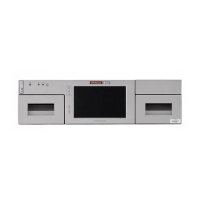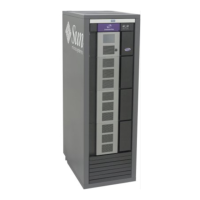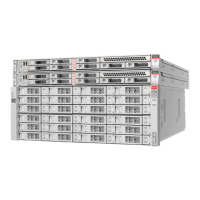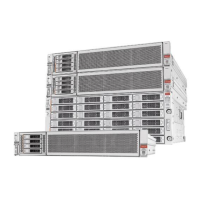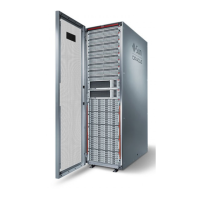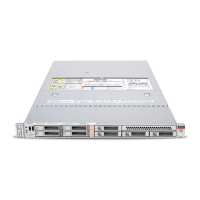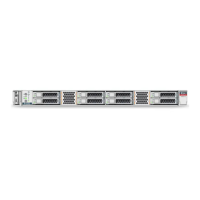F
Multi TCP/IP Overview F-1
F
Multi TCP/IP Overview
Multi TCP/IP allows hosts to connect to multiple libraries in a complex. If the
connection to one library in the complex fails, the host can still communicate through
other libraries in the complex. ACSLS hosts support up to 15 connections and ELS
hosts support up to 32 connections.
■ Minimum Multi TCP/IP Requirements
■ Configuration Recommendations
■ Multi TCP/IP Configuration Examples
See Also:
■ "Dual TCP/IP Overview" on page E-1
■ "Redundant Electronics Overview" on page D-1
■ ACSLS and ELS documentation
Minimum Multi TCP/IP Requirements
■ A library complex
■ SL8500 firmware version FRS_3.97 and SLC version 3.38
■ ACSLS 7.1 or 7.1.1 with PUT0701 (HA 2.0 also requires PTF 6514766). ACSLS 8.1 or
above is required to support 15 library connections.
■ ELS version 7.0 with PTF L1H168H, or ELS version 7.1 with PTF L1H168I
■ Hardware activation file (see Chapter 5, "Activating Optional Features")
Configuration Recommendations
■ Always use multiple subnets for redundancy.
■ For single connections between the ACSLS server and each SL8500 in the complex,
routing tables are not necessary.
■ For a library with dual and multi TCP/IP, use the CLI to configure routing for port
2A. Ensure port 2A and 2B are on separate broadcast domains.
■ For ELS, use the
LMUPATH
control statement to define multiple
LMUADDR
parameters.
The parameters are the IP addresses for the muti TCP/IP connections.
In the following example, the host is connected to four SL8500 libraries.
LMUPATH ACS(00)LMUADDR(123.456.789.012,123.456.789,
013,123.456.789.014,123.456.789.015)
